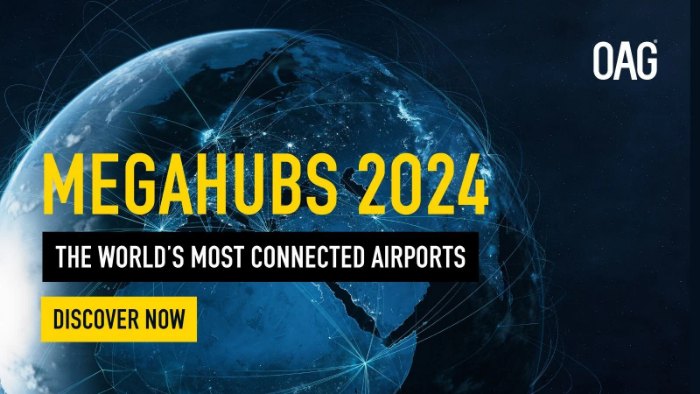Not all airports are the same, and in the world of large airports it’s common to describe every airport as a ‘hub’, regardless of its size, the airlines operating from it, and the types of passengers it serves. But is this accurate? What is the difference between a megahub, a hub and a niche airport?
It may come as a surprise that many trips require a connection through an airport to reach the final destination. While there is more than enough demand for flights between London and New York, a direct service between Norwich and New York is not economically feasible for any airline. Therefore, travellers must connect through an intermediate airport during their journey.
Connecting passengers are an important part of business for both airports and airlines. Although short connecting passengers are less likely to spend significant amounts of money compared to local holidaymakers seeking a tax-free bargain before their trip, for airports the benefits, such as additional passenger fees, some modest non-aeronautical revenues, and the value of extra flights, make connecting traffic worthwhile. For airlines, connecting traffic can determine if a route is viable or not, and can even influence the frequency of flights; such as increasing from four to six flights a day.
In this blog, we review some of the characteristics of different hubs, their connectivity, and how they have come to be classified.
Megahub Airports
At the top of the connecting market food chain are airports known as Megahubs, these include airports such as London Heathrow, Kuala Lumpur, Chicago O’Hare, Istanbul and Dubai.
These airports typically host large legacy airlines with extensive networks of short and long-haul flights connecting passengers from one continent to another. Often, these ‘base airlines’ are part of larger airline alliances, for example United Airlines, based at Chicago O’Hare, is part of Star Alliance and British Airways, based at London Heathrow, is with the OneWorld Alliance.
Traditionally these Megahub airports operate at near maximum capacity, with connecting passengers passing through the airport at all times of the day, and they are frequently expanding with new terminals and runways. The scale of a Megahub can vary, some may have flights to literally hundreds of destinations every day, while others may serve a smaller number of destinations but with a very high frequency. Once established, a Megahub airport becomes a fortress for local airlines, attracting more connecting passengers with every new flight added to the operation. For airlines, the ability to ultimately pick and choose from where they want to carry connecting traffic becomes a key part of their business strategy.
Hub Airports
With a slightly smaller network, mass hub airports are still in themselves large and important creators of economic activity for both the local region and, in some cases, the whole country. Hub airports may handle fewer passengers per annum, have a slightly lower range of connecting destinations or flights per day, but are still well-established and popular connecting points. Examples of hub airports include Amsterdam, Munich, Madrid and, more recently, Tokyo Haneda.
Niche Hub Airports
Geography prevents some airports from becoming larger hubs despite having a high proportion of connecting passengers. These airports become specialist transfer facilities for the local airline, while also creating some economic benefit.
- Helsinki was the fastest transit airport for connecting traffic from Europe to Asia (until the current geo-political issues prevented flying over Russian airspace) and Finnair had developed a niche hub offering 45-minute connections at key times of the day for their passengers.
- Charlotte in North Carolina, while in itself a major market, has become a specialist hub for American Airlines to connect traffic from Europe to the South East US States, providing quick connections for all.
- Panama City has become widely regarded as a hub between North, South and Central America with COPA enjoying some very high yield as they connect secondary destinations in each market, offering connectivity that others cannot match.
Ultimately, passengers need to connect somewhere, at some point, as they travel and sometimes they may have a choice of which airport to use, or on other occasions may be limited to one particular airport due to available connections. All hub airports provide valuable connections, and some will continue to grow further in the coming years. Interestingly, some hub airports may not want to become Megahubs, happy to handle their current traffic and airline customers rather than be constrained by other factors.
Megahubs vs Hubs
Having the world’s largest list of destinations but with only one flight a day to each would be impressive, but as in many things it is the combination of destination variety and flight frequency variables that differentiates the Megas from the Hubs. At OAG we recognize the distinction between a Megahub and a Hub by analysing the number of destinations served and the daily frequency to those destinations.
Discover OAG's latest report: Megahubs 2024
Using OAG flight data from the 100 largest airports and the 100 largest international airports in the world, Megahubs 2024 analyses not only the total number of destinations served but also the number of scheduled connections to and from international flights with the number of destinations served from the airport.





